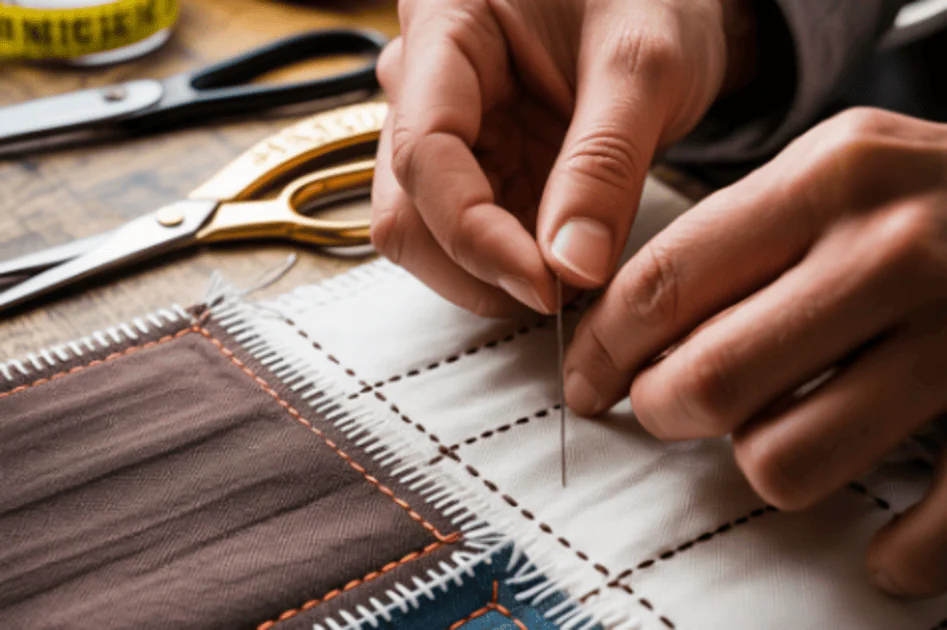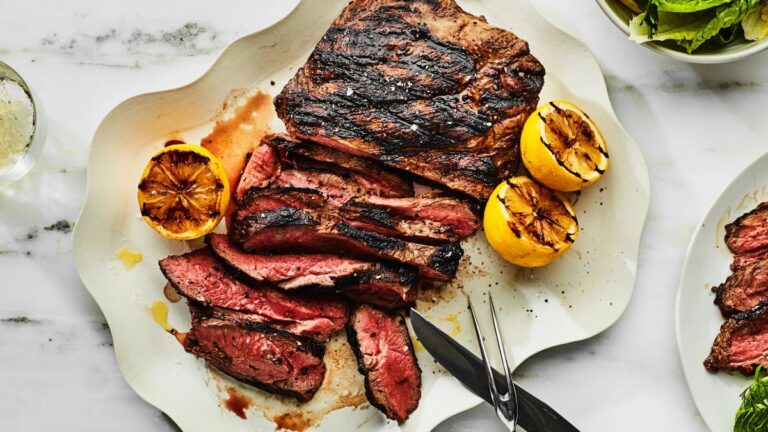Nahttypen: Understanding Seam Types in Sewing
Sewing is both an art and a science, and one of the key aspects that define the quality and durability of any sewn item is the type of seam used. In German, the term Nahttypen refers to the different seam types, or the various methods used to stitch pieces of fabric together. Whether you are a beginner learning your first stitches or a seasoned tailor creating intricate garments, understanding Nahttypen is essential. Each seam type has its purpose, advantages, and considerations, and knowing when and how to use them can make all the difference in your projects.
What Are Nahttypen?
Nahttypen, or seam types, are essentially the methods used to join fabric edges to create a finished piece. A seam is more than just a line of stitching—it provides structure, strength, and shape to clothing and textile items. Seams also influence the appearance, flexibility, and wearability of a garment. Choosing the right Nahttypen is crucial because the wrong type of seam can cause fabric to fray, stretch, or fail under stress.
Seams are not limited to clothing alone. They are used in home décor, upholstery, bags, and even crafts like quilts and fabric art. Each project may require a different seam type, depending on the fabric, purpose, and design.
Basic Types of Nahttypen
There are several Nahttypen that are commonly used in sewing. Here’s a breakdown of some of the most essential ones:
1. Plain Seam (Einfache Naht)
The plain seam is the most basic and widely used seam type. It involves placing two fabric pieces together with the right sides facing each other and stitching along the edge. This seam is simple, strong, and versatile, making it ideal for most everyday garments. Plain seams are usually finished with a serger or zigzag stitch to prevent fraying.
2. French Seam (Französische Naht)
The French seam is often used for delicate fabrics like silk or chiffon. It encloses the raw edges inside the seam, giving a neat and professional finish. This seam is both elegant and durable, making it perfect for lightweight or sheer fabrics. French seams are created by sewing the fabric wrong sides together first, trimming, and then sewing right sides together to encase the edges.
3. Flat-Felled Seam (Flachgenähte Naht)
Flat-felled seams are strong and commonly seen in jeans and heavy-duty garments. The raw edges are folded under and stitched flat, providing a clean finish on both sides. This seam is ideal for fabrics that undergo stress or wear, as it prevents fraying and adds extra strength. Although it takes longer to sew, the durability and polished look are worth the effort.
4. Overlocked Seam (Overlock-Naht)
An overlocked seam is created using a serger or overlock machine. It trims the fabric edges while encasing them in thread, preventing fraying and giving a professional finish. Overlocked seams are fast to produce and commonly used in knit fabrics, casual wear, and mass-produced garments. They provide flexibility and stretch, making them ideal for activewear or garments that need to move with the body.
5. Bound Seam (Einfassnaht)
Bound seams involve encasing the raw edge with fabric tape or bias binding. This seam type is decorative as well as functional, often used in unlined garments, home décor, and quilts. Bound seams provide a clean finish and add durability, particularly for fabrics that are prone to fraying.
6. Lapped Seam (Überlappnaht)
In a lapped seam, one fabric edge overlaps the other and is stitched down. This seam is commonly used in outerwear, leather goods, and heavy fabrics. It is durable and provides extra strength, especially in areas that experience tension or stress. Lapped seams are also water-resistant in some cases, which makes them suitable for coats or bags.
Choosing the Right Nahttypen
Choosing the correct seam type depends on several factors:
- Fabric Type: Lightweight fabrics often require delicate seams like French seams, while heavy fabrics benefit from flat-felled or lapped seams.
- Garment Function: Activewear and garments that need stretch require flexible seams, such as overlocked seams.
- Appearance: Some seams, like bound or flat-felled seams, provide a polished look that can enhance the garment’s design.
- Durability Needs: Items that undergo wear and tear need strong seams to prevent splitting or fraying.
Understanding these factors ensures that the chosen Nahttypen matches the requirements of the project, enhancing both functionality and aesthetics.
Advanced Nahttypen
Beyond the basic seam types, there are more advanced Nahttypen for specific sewing needs:
- Topstitched Seam: A seam where stitching is visible on the outside, often used for decorative purposes or extra strength.
- Princess Seam: Curved seams that provide shaping, commonly used in dresses and fitted tops.
- Double-Stitched Seam: Two parallel lines of stitching that add extra durability and can be decorative.
- Mock Flat-Felled Seam: A simpler version of a flat-felled seam, giving a similar look with less sewing effort.
These advanced seam types combine practicality with design considerations, allowing for both functional and stylistic applications.
Tips for Perfect Nahttypen
Creating high-quality seams requires attention to detail and some sewing know-how:
- Use the Right Needle and Thread: Match the needle size and thread type to your fabric for a smooth, strong seam.
- Press Seams Properly: Pressing each seam after sewing ensures crisp lines and professional results.
- Trim Excess Fabric: Reducing bulk along seams makes garments more comfortable and improves the finish.
- Test on Scrap Fabric: Before sewing the actual garment, test the seam type on scrap fabric to ensure proper tension and stitch quality.
With practice, sewing different Nahttypen becomes intuitive, allowing you to tackle a wide range of projects with confidence.
Importance of Nahttypen in Garment Making
Seams are not just functional—they play a critical role in garment construction:
- Shape and Fit: Seams help shape garments to the body, providing structure and style.
- Durability: Proper seam types prevent fabric from fraying or garments from falling apart.
- Aesthetic Appeal: Neatly finished seams contribute to the overall look and professionalism of the garment.
- Comfort: Smooth, well-constructed seams improve wearability, preventing irritation or bulkiness.
By understanding Nahttypen, sewists can create garments that are not only visually appealing but also long-lasting and comfortable.
Nahttypen Beyond Clothing
Nahttypen are not limited to clothing. They are also used in other textile projects:
- Home Décor: Curtains, cushions, and upholstery benefit from strong, decorative seams.
- Quilting: Seams in quilting ensure precision and durability, while also enhancing the design.
- Bags and Accessories: Heavy fabrics and leather require sturdy seam types to withstand daily use.
- Costumes and Props: Special seam types can add both function and visual effect in theatrical or cosplay projects.
Understanding and using the appropriate Nahttypen elevates the quality of any textile creation, making it functional, durable, and visually appealing.
Conclusion
Nahttypen are a fundamental part of sewing, impacting everything from the strength and durability of a garment to its aesthetic appeal. From basic plain seams to intricate French or flat-felled seams, each type serves a unique purpose. Choosing the right seam type depends on fabric, function, appearance, and durability requirements.
Whether you are a hobbyist, a professional tailor, or someone exploring sewing for the first time, learning about Nahttypen opens up a world of creative possibilities. Mastering these seam types not only improves your sewing skills but also ensures that every project you create is built to last and looks professionally finished. By understanding the different Nahttypen, you can elevate your sewing from simple stitching to true craftsmanship.




